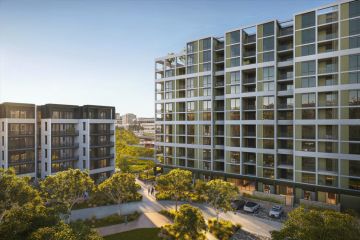How to renovate your home without overcapitalising or undercapitalising
Spending more on a renovation than the value it adds is a common mistake renovators make, but not investing enough into a renovation can be just as risky.
Getting the balance right is a fine line, and 38-year-old carpenter Cody O’Gorman knows all too well.
After buying his Brighton property, he set a goal to design and create a cutting-edge home tailored to his family’s personal needs while appealing to future buyers.
It was a tall order, especially considering the costs of undertaking a major renovation and the likelihood that costs could blow out.
“Together with the designers, we were able to see what could be achieved within our budget, as well as building and council requirements,” says Mr O’Gorman.
“We were well aware we couldn’t overcapitalise, and through research, we were able to understand what our budget should be to renovate, without going too far.”
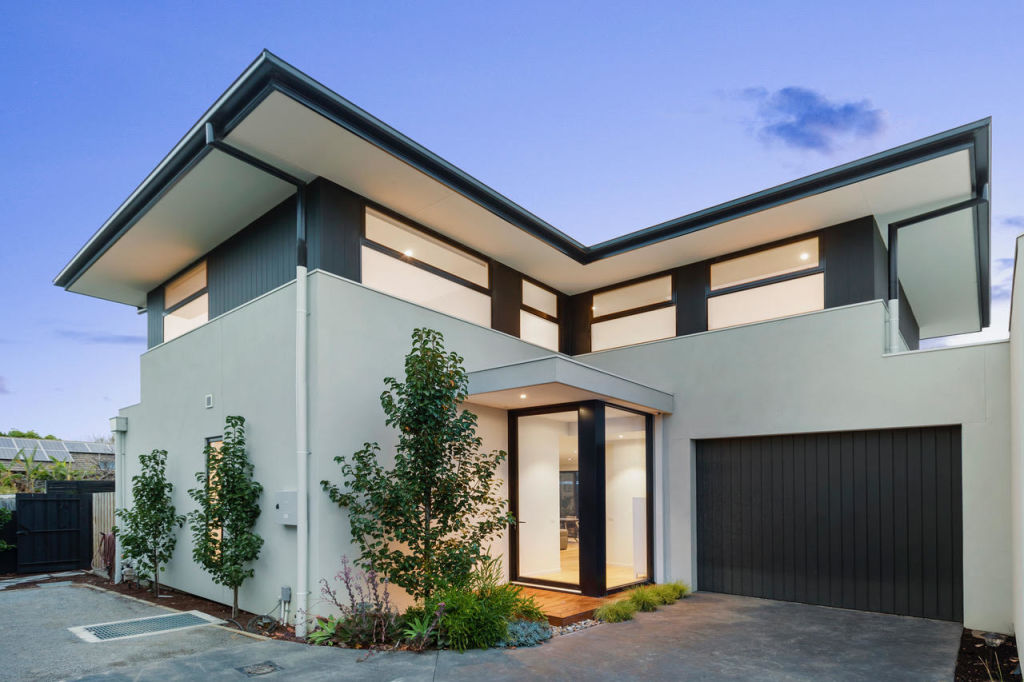
What is overcapitalisation and why do renovators do it?
The term overcapitalisation refers to spending more money on a property than you would get back should you sell it at the end of completion, be it a new build or renovation.
According to buyer’s agent Patrick Bright, it’s an extremely common mistake. He estimates about 40 per cent of renovators overcapitalising on their purchases, and only about 30 per cent get the balance right, he says, with the other 30 per cent undercapitalising.
“Overcapitalisation starts with not understanding today’s value and the end value once the renovations are finished,” says Mr Bright.
“Once you understand end value, you need to set a budget around what you can spend without overcapitalising.”
“You then need to decide if the budget is enough to achieve a great outcome and make a margin or not. If not, don’t do the project.”
The most common errors are made when choosing the materials, fixtures and fittings [especially in] kitchens and bathrooms, Mr Bright says.
“You can spend either $30,000 or $100,000 quite easily on a kitchen and its appliances. Likewise, you can spend $40 per-square-metre on floor tiles or $400 per square metre.”
“You need to understand the target market and renovate to that market with a quality finish that is not too over the top, or risk it not being appreciated or paid for by your target buyer at the other end.”
What are the risks of undercapitalising?
Undercapitalising, on the other hand, happens when you don’t spend enough on renovations, effectively wasting what you do spend.
“If you do not set an appropriate budget and/or cut corners on the quality expected by your target market, so as to manufacture or increase your profit margin, then that is where the renovator is likely to end up undercapitalising,” says Mr Bright.
“For example, when a renovator spends $15,000 on a flat pack kitchen instead of spending $40,000 on a quality kitchen – which is what the target market for that property will be expecting – the buyer at the other end, come sale time, will consider that they have to replace the kitchen, even though the seller has just spent $15,000 on it.
“This cost will be reflected in the offer price.”
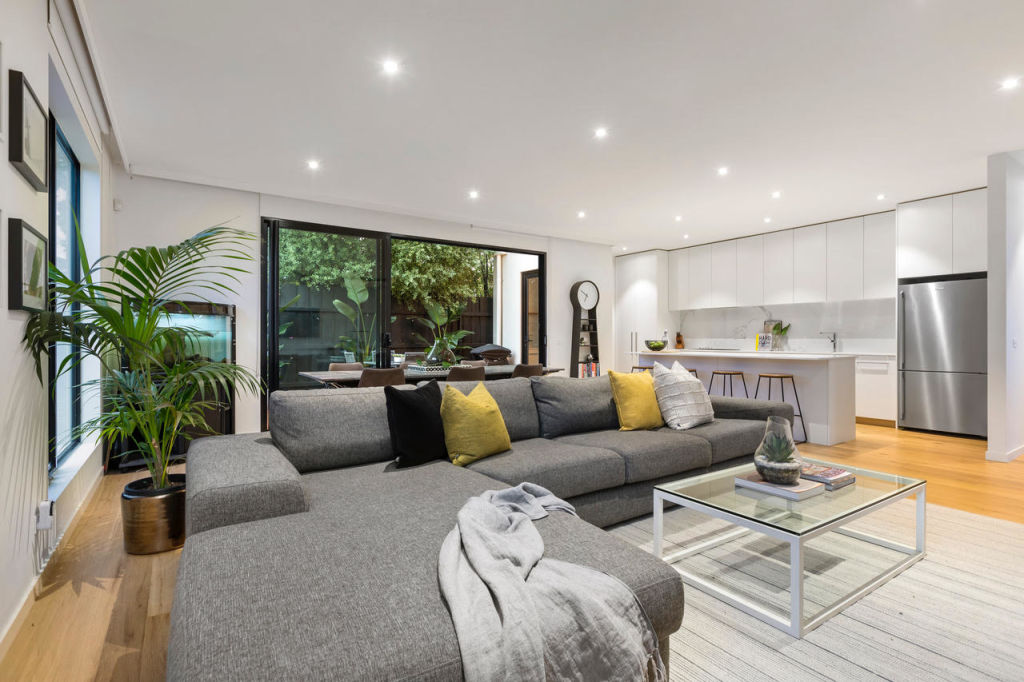
Tips to avoid overcapitalising and undercapitalising
According to property developer Ian Ugarte, there are three primary considerations to make when planning a renovation to ensure you don’t overcapitalise or undercapitalise.
1. Never aim to sell at the upper end of the market.
“To ensure you get the best return, you want to aim to appeal to the broadest set of buyers,” says Mr Ugarte.
“You never want to target the upper end of the market because that’s limiting the number of potential buyers who might be interested in the property.”
The best way to ensure you accurately predict the price point to appeal to the “mass middle” of the marketplace is to familiarise yourself with the median house price for homes in the area, he says.
“Then study the differences in the prices of properties that have the broadest appeal and the possible uplift that can be achieved with different property styles and features.
“This might mean that you don’t need to add that additional bedroom or bathroom because that’s not the sort of feature that has the broadest appeal.”
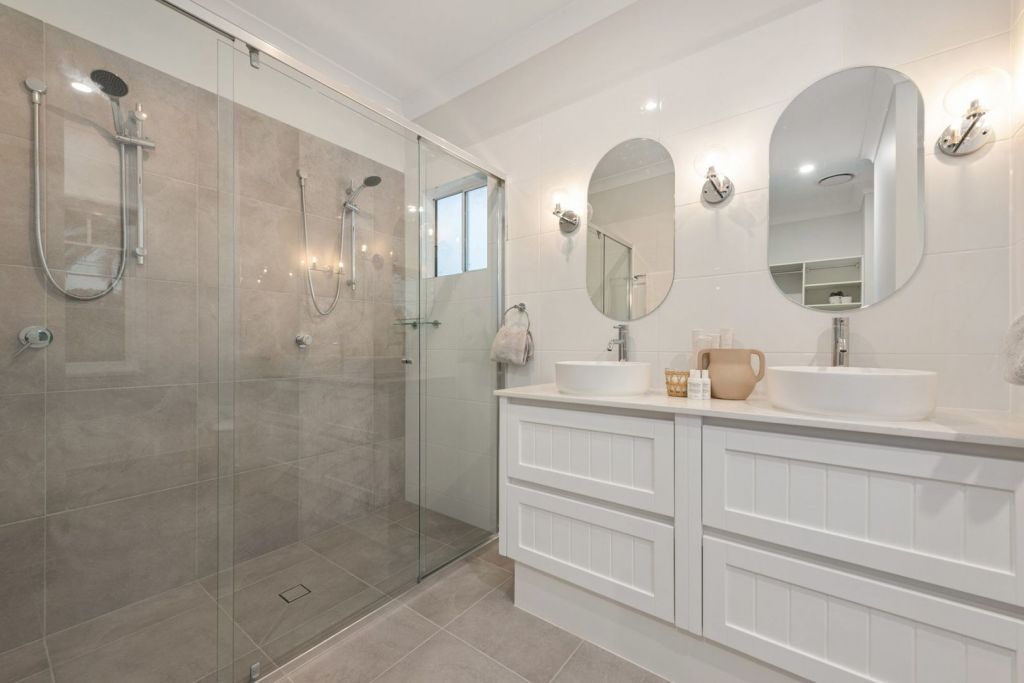
2. Don’t choose the cheapest or the most expensive finishes
When exploring finishes, the rule of thumb is to use mid-level finishes rather than low-cost or luxury finishes unless the market demands it, says Mr Ugarte.
“Despite it costing less for a high-end finish these days, it’s still expensive.
“And if the market doesn’t value that upgrade, they’re not going to pay for it.
“Wherever possible, opt for a mid-level finish to minimise your outgoings and maximise your margins.”
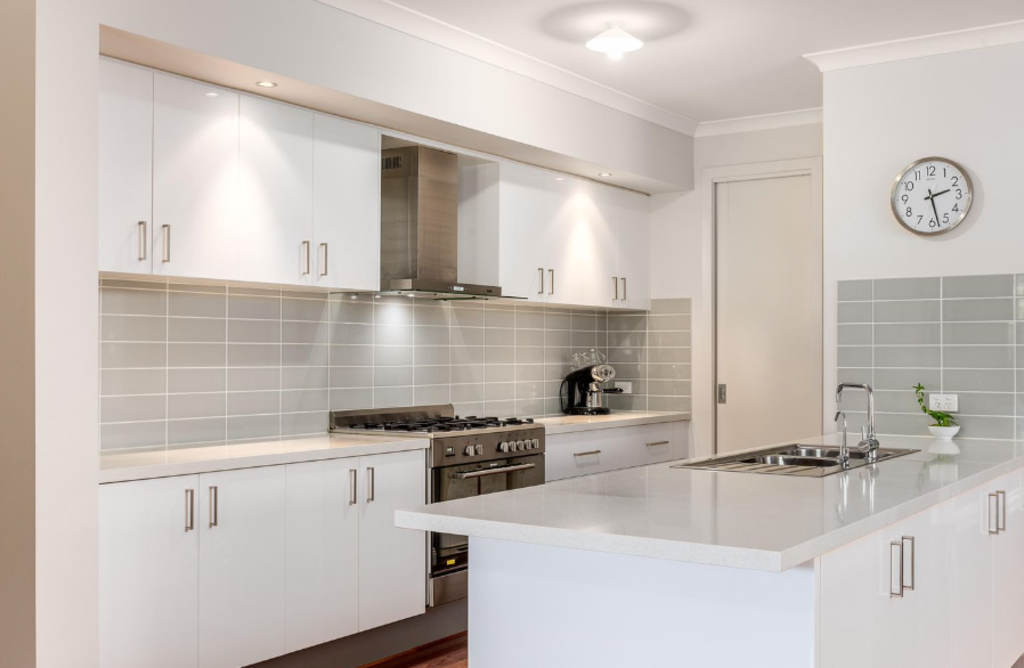
3. Remember the importance of curb appeal
“Kerbside appeal can be the difference between a buyer purchasing your house or your neighbour’s on the strength of a coat of paint,” says Mr Ugarte.
While investing in rendering, painting, quality fencing, and landscaping can make a significant impact on future profit, many first-time renovators dismiss these types of investments.
“This is a mistake,” says Mr Ugarte. “It’s important to spend money on simple cosmetic upgrades, like upgrading door handles, power points and switch fittings, tired floor coverings, lights and taps, or putting mulch on garden beds, and getting a house professionally staged for sale to make people warm to a property and picture themselves living there.
“This helps you tap into those prospective purchasers who don’t want to have to do anything to the property other than move in.”
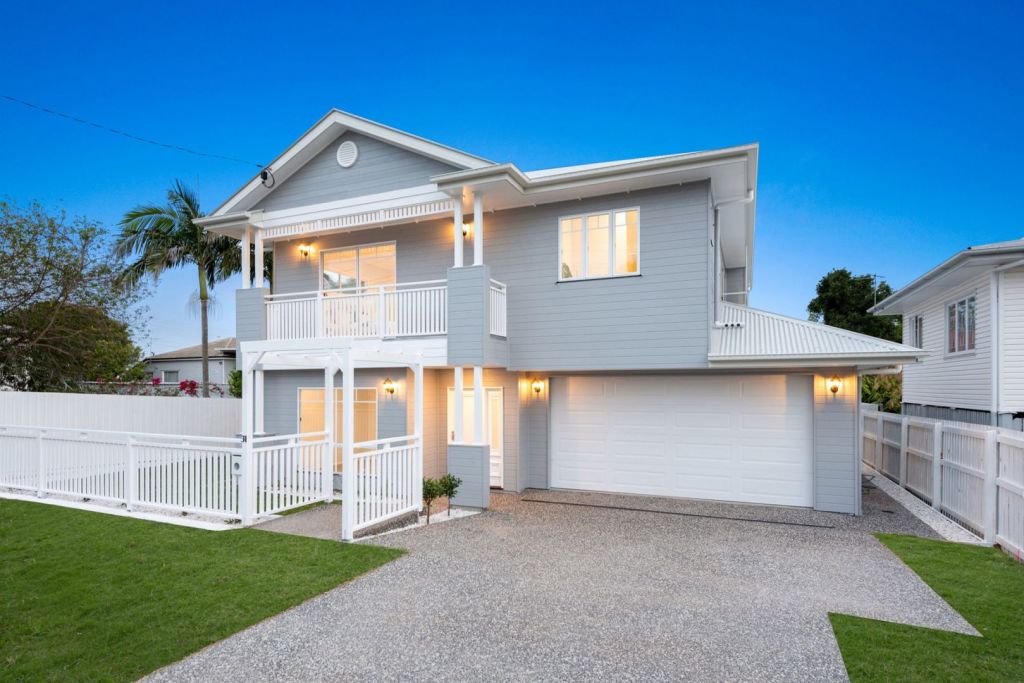
It’s also important not to take all your cues from The Block, says Mr Bright.
“Reality TV shows are entertainment, not an example of what to do and how to make money through renovating.”
For Mr O’Gorman, whose renovations included both extensions and extensive cosmetic changes, the result was a stunning home with the potential to make a great profit on retail.
“After choosing the right people to work with from the start, we were able to complete a project that we were very happy with, without going over budget and fitting well within our time frame.”
We recommend
We thought you might like
States
Capital Cities
Capital Cities - Rentals
Popular Areas
Allhomes
More
- © 2025, CoStar Group Inc.







